Shanta Nurrullah Picked Up the Sitar in the ’60s, and Never Let It Go
Shanta Nurullah brings together the sitar, the Indian classical instrument, with jazz. She founded Sitarsys, a Spiritual Jazz ensemble, in addition to co-founding Sojourner and Samana, playing with Nicole Mitchell, Dee Alexander, and the Association for the Advancement of Creative Musicians (AACM). She also plays bass, piano, and many other instruments as well as being an award-winning storyteller. She Shreds got to chat with her on what drew her to the sitar and the connection she’s grown with the instrument.
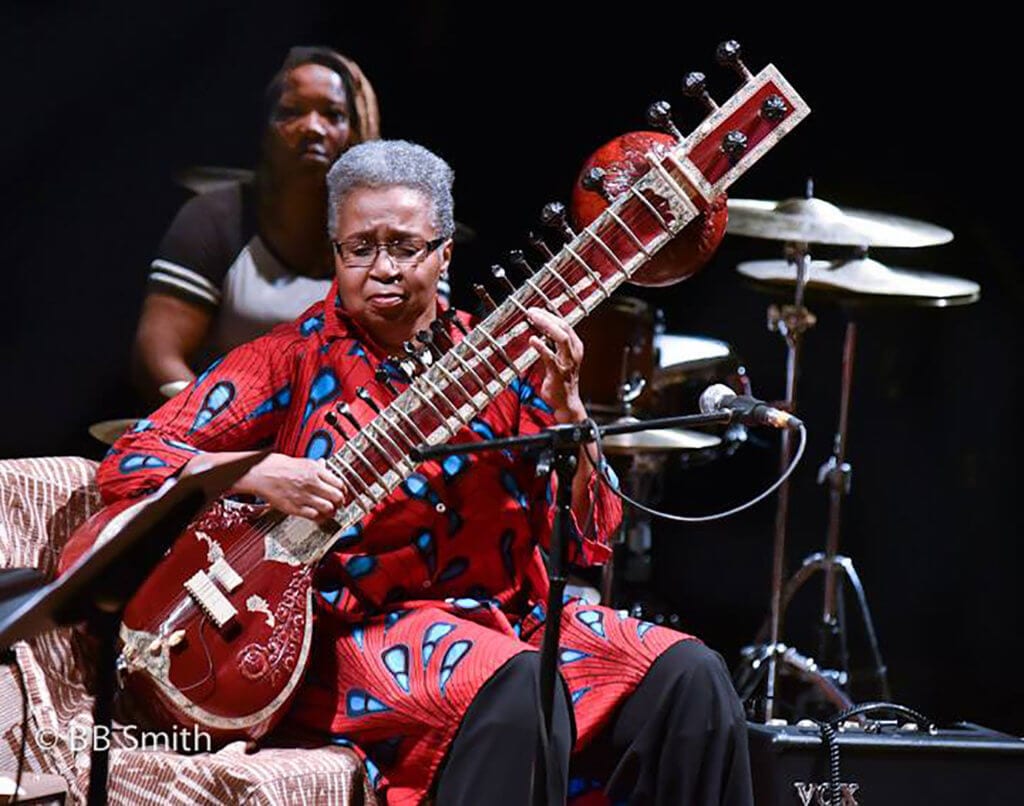
SS: How did you get into music?
My great aunt, a classical pianist, came to Chicago during the Great Migration. She taught children in the family and in the neighborhood. It was pretty much mandatory in the family to take piano lessons; I studied with her for 10 years. At the same time, I was taking tap dancing lessons with a childhood friend of my father. I’m pretty sure it was tap dancing that developed my sense of rhythm.
SS: Did you know you wanted to be an artist?
I didn’t intend to be an artist. In fact when I went to college, I had no idea what I wanted to do. But I enjoyed reading poetry and had figured out how to write good papers. So right before the deadline I declared English as my major. And that was that. Even when I went to Pune, India and heard the sitar, I fell in love. I still wasn’t thinking in terms of being a performer. I really loved this instrument and I really wanted to know how to play it.
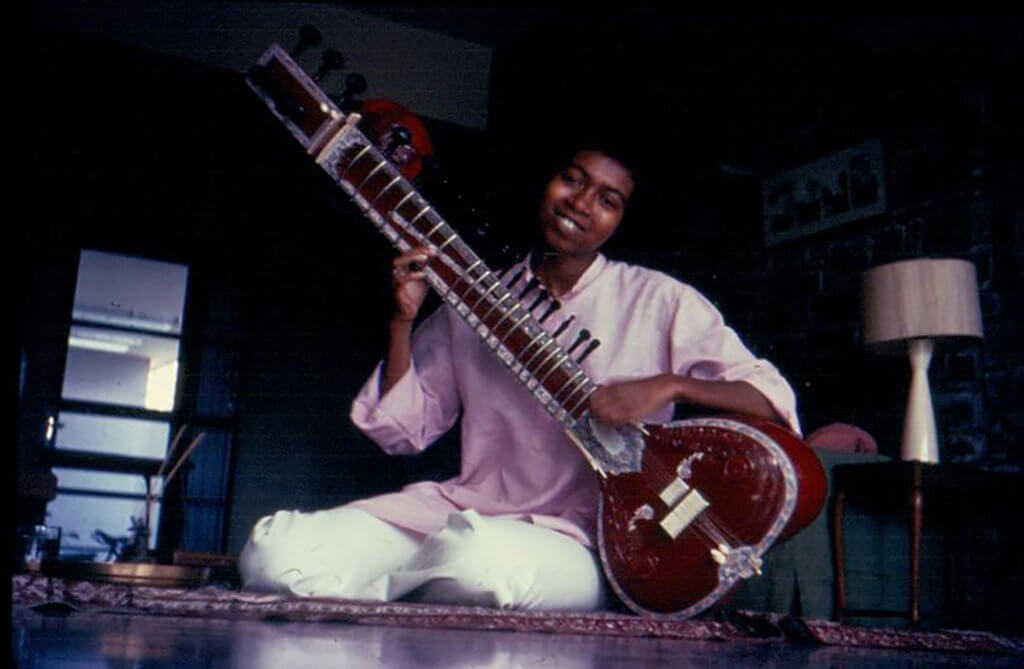
SS: What drew you to the sitar?
The sound of it was entrancing. It was very tranquil. On a metaphysical level, I think I went to India with the intent of getting the sitar and it’d be my instrument. Although I didn’t know that at the time.
SS: Do you think that playing the piano and tap helped you play sitar or was it a completely different experience of learning it?
The experience of learning sitar was definitely different, but I think the use of piano developed my ear to be able to pick things up in a system that was primarily oral. My teacher, Pt. Bhaskar Chandavarkar, had taught a number of Western students and said I picked it up faster than anybody else he had taught. I think with musical instruments, people have an experience of discovering affinity for one thing or another. It’s really unexplainable, but something in your being resonates with the sounds and the vibrations. The timbre that’s coming out of a particular instrument that would make you want to play the alto but would make me never want to play that alto.
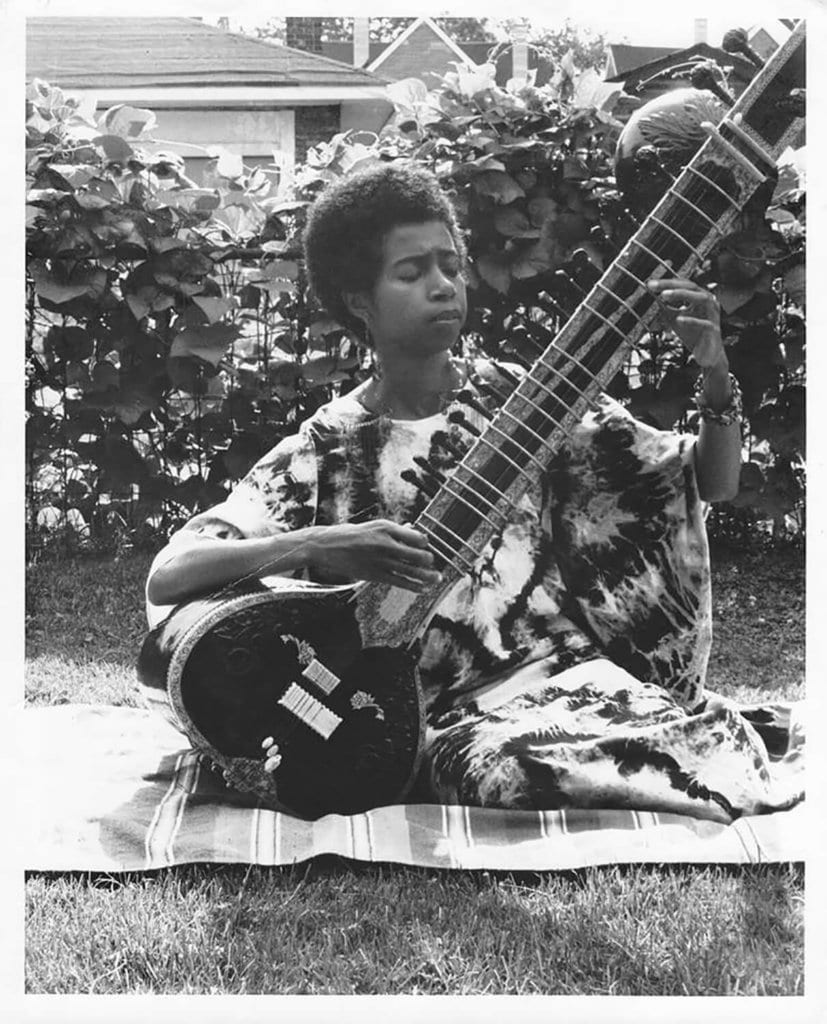
She Shreds: Where did the name Sitarsys come from?
When I started playing sitar in public, I was playing with Phil Cohran and people never remembered my name. So they would call that Sister with Sitar. Sitarsys is a play on that.
SS: Could you talk about your recent band?
I got a grant from DCASE in 2016 to actually form a band and do a recording. It was first band that I had led. I co-founded Samana and Sojourner but hadn’t had my own group. My objective with the recording was to feature the sitar and the various genres that I like. So it’s a little bit of blues, some jazz, a spiritual, and some free improvisation.
SS: Could you talk about how you returned to Chicago to play bass and working with Pete Cosey?
For my senior independent study at Carlton, I studied the Black Arts Movement. When I came back to Chicago, I really wanted to get involved in that movement and found the Kuumba Workshop. I would give rides home to people in the group and one woman invited me over. There was a base in the corner and I picked it up and started playing it. She was so amazed that she just gave me the bass and amp. Cosey guided me to Phil Cohran.
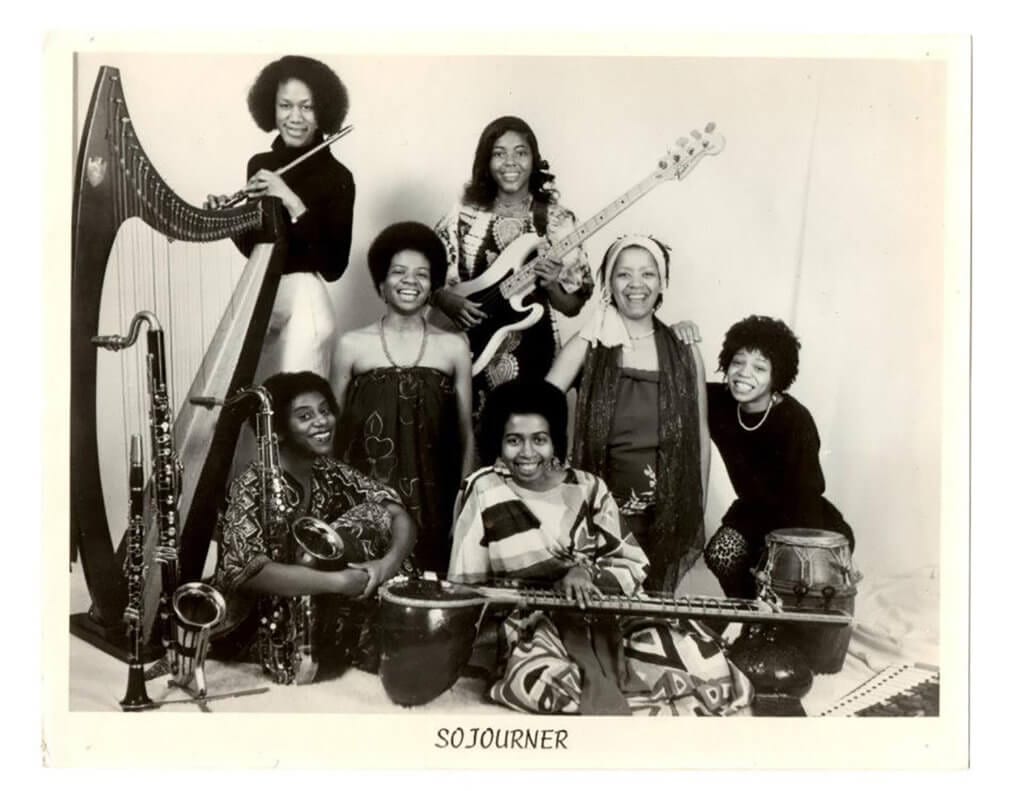
SS: Could you talk about how Phil Cohran encouraged you to play the sitar?
When I was in India and I started playing spirituals, like “Motherless Child.” Phil wrote this piece “Sitar Blues.” When I got back, I remember playing along with Ruth Brown record at home, just exploring. There was only so much of Indian classical that I got in the 5-6 months I was [in Pune.] I got the basics on how to hold the instrument and produce sound on it, but in terms of really getting into that whole system, it couldn’t happen in that short of time. So improvisational music worked for me and Phil had a way of bringing out whatever you had and writing in a way that made you sound good. It’s really a great experience studying with him.
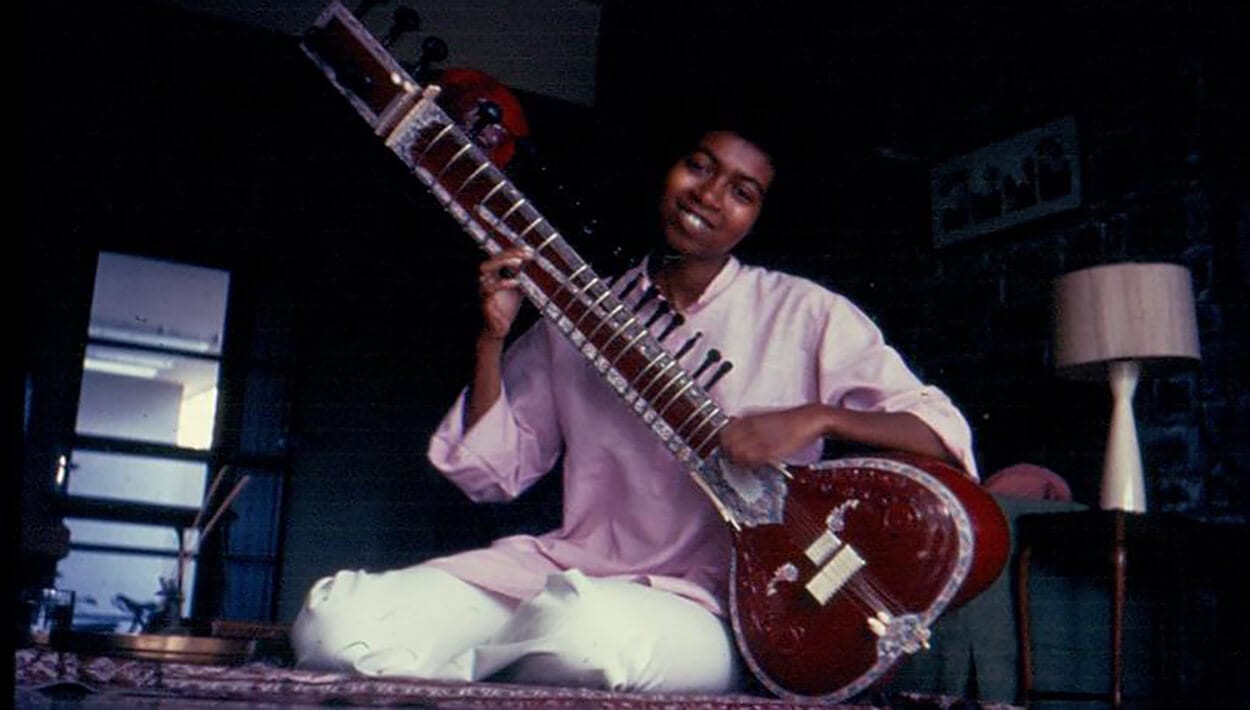

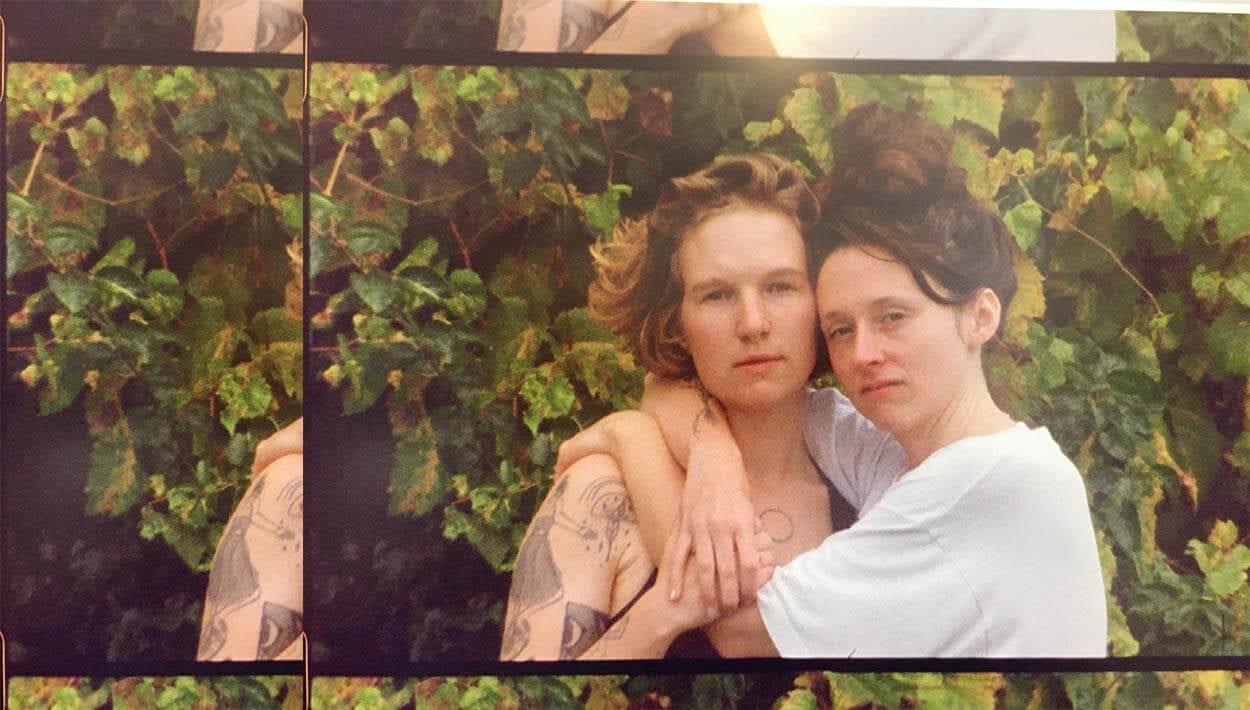
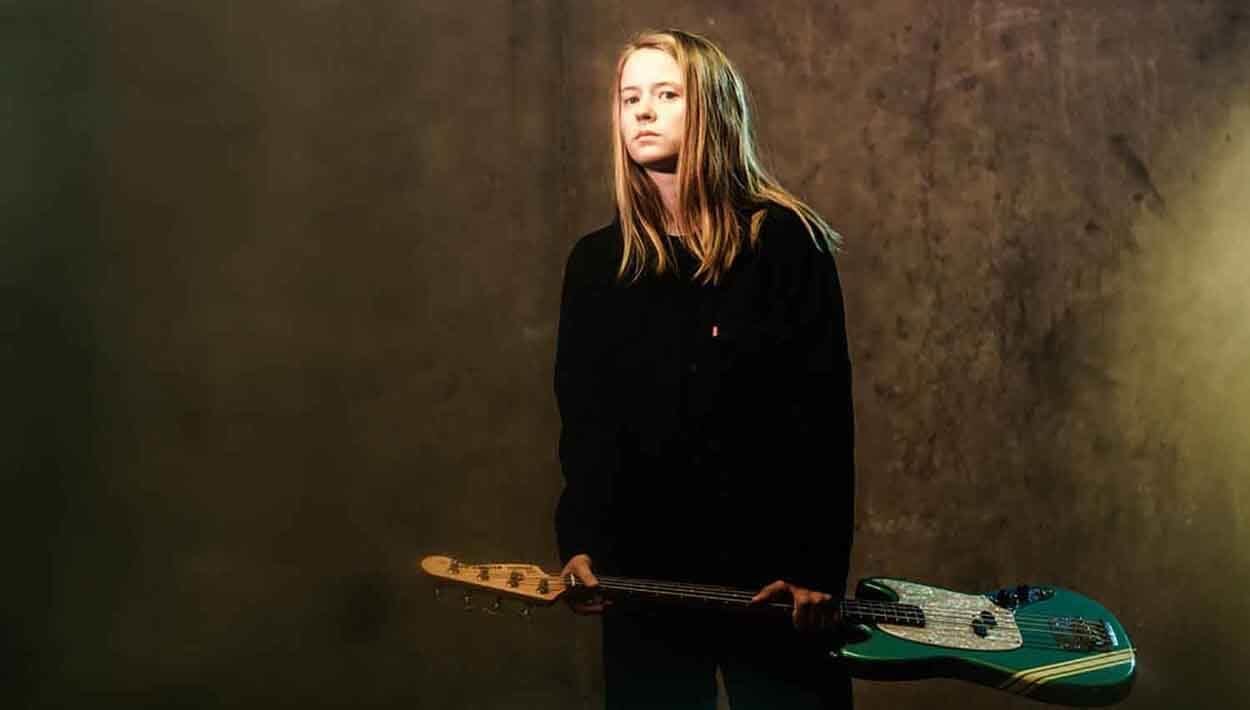
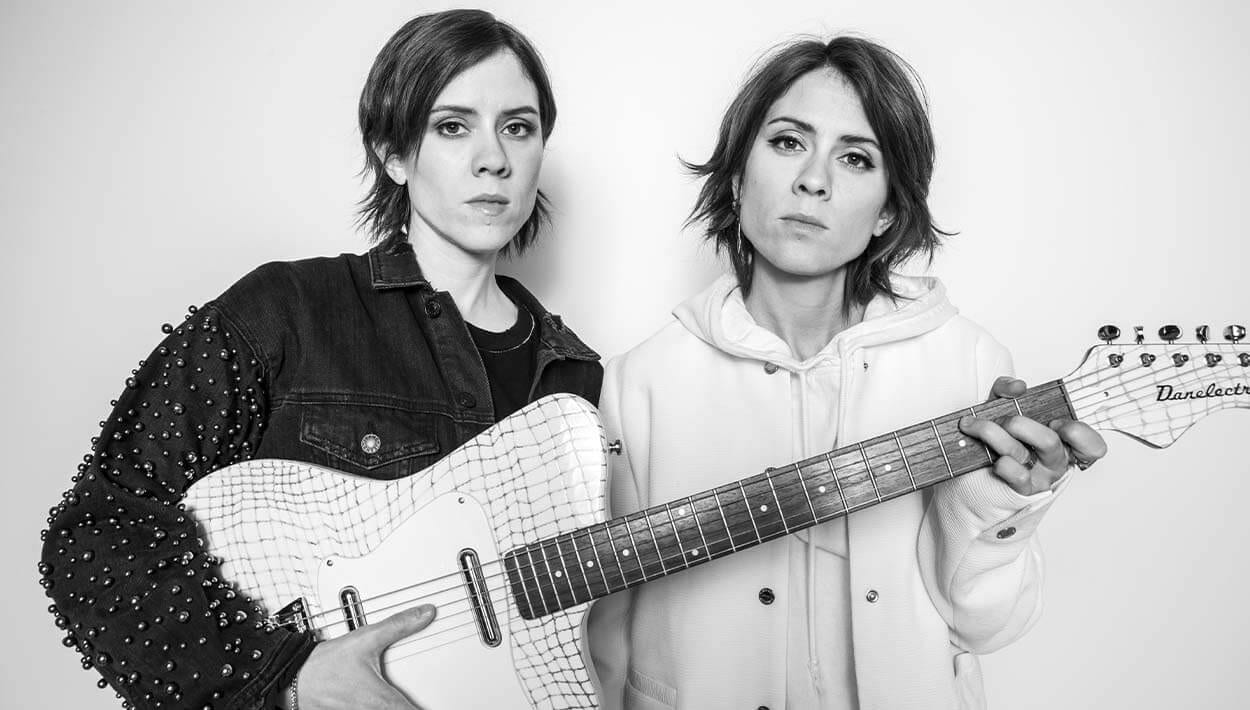
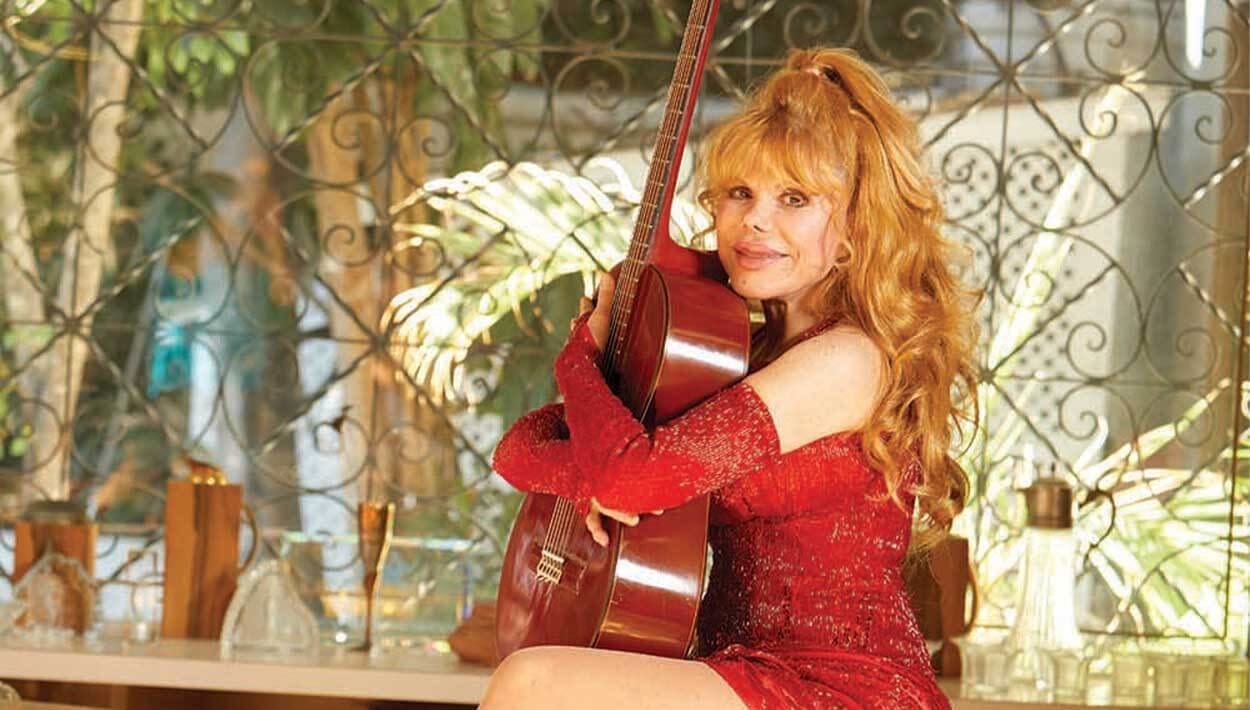
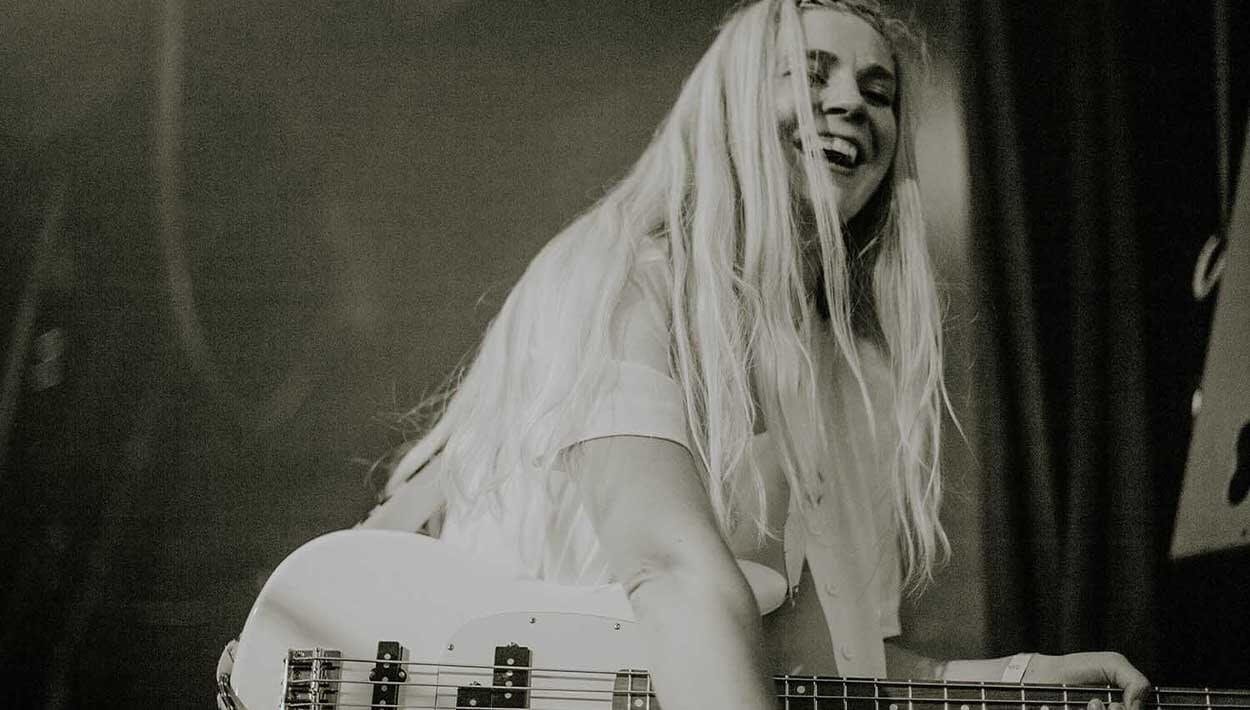
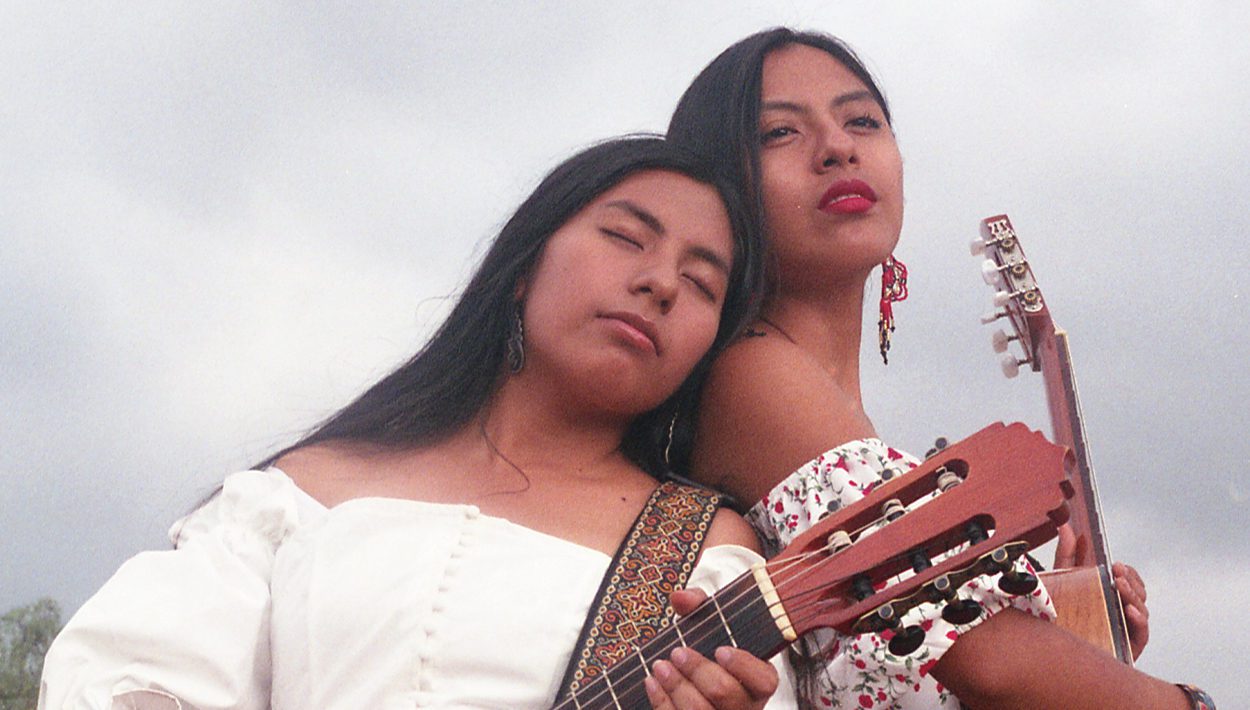
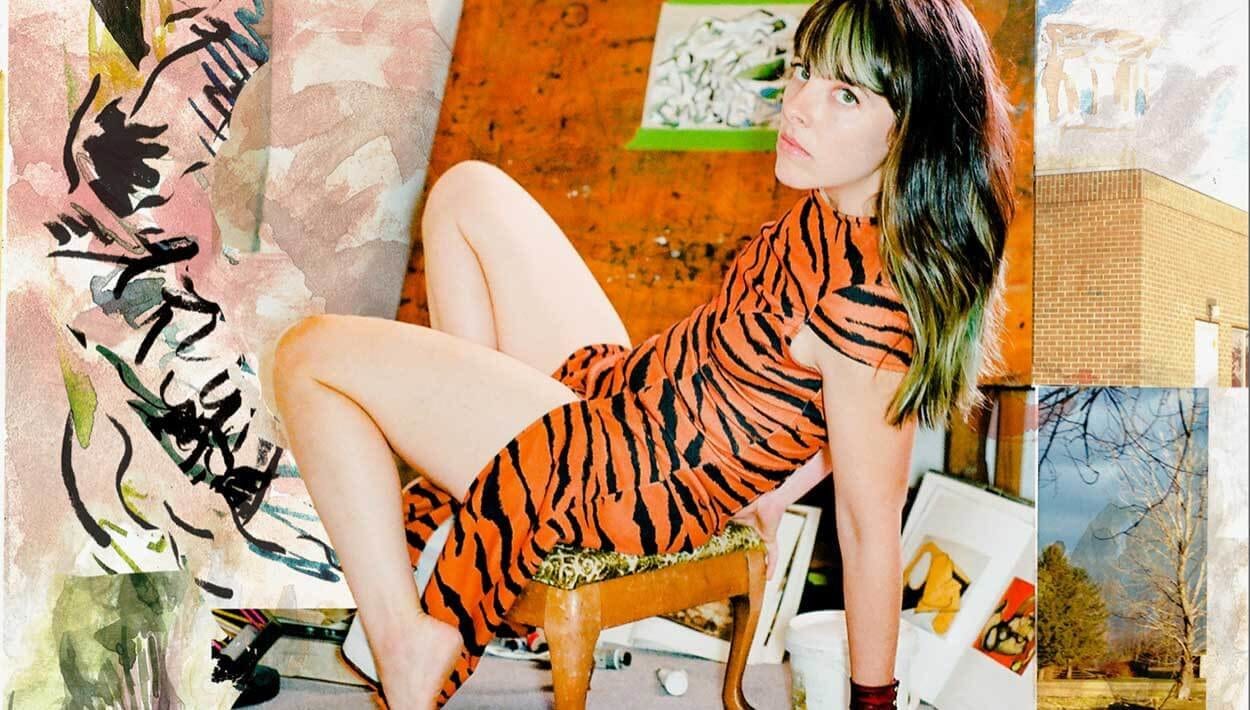
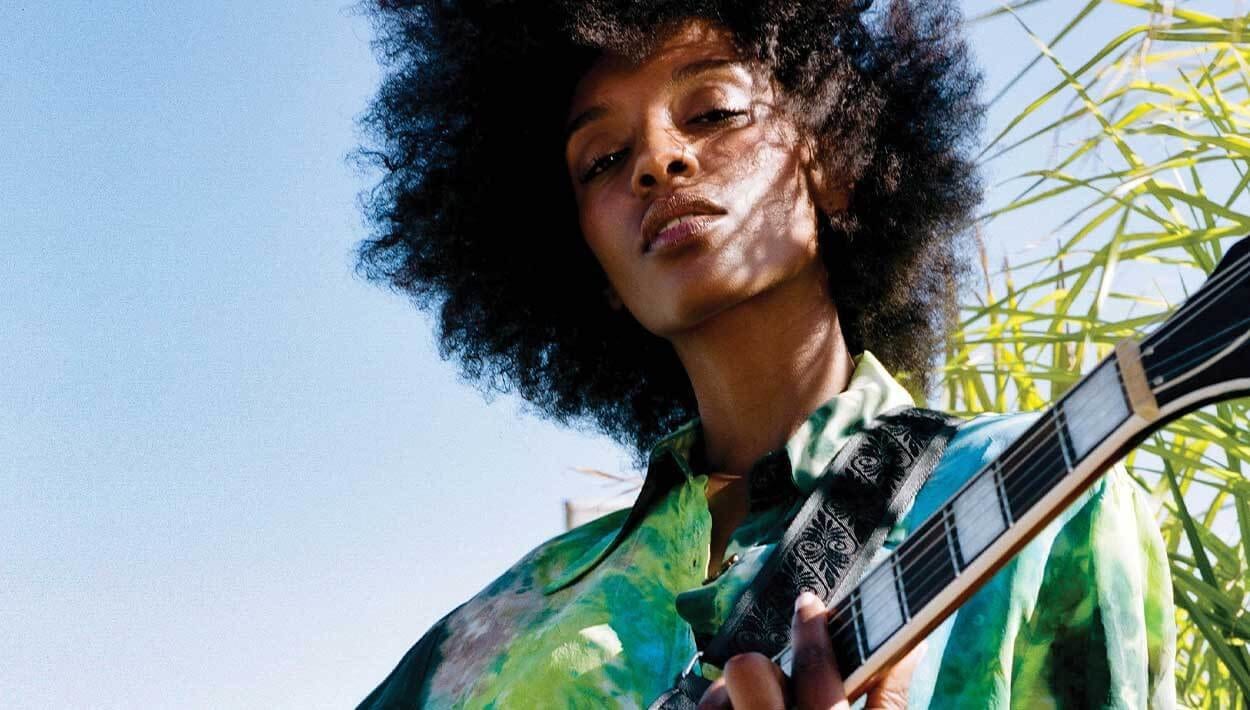
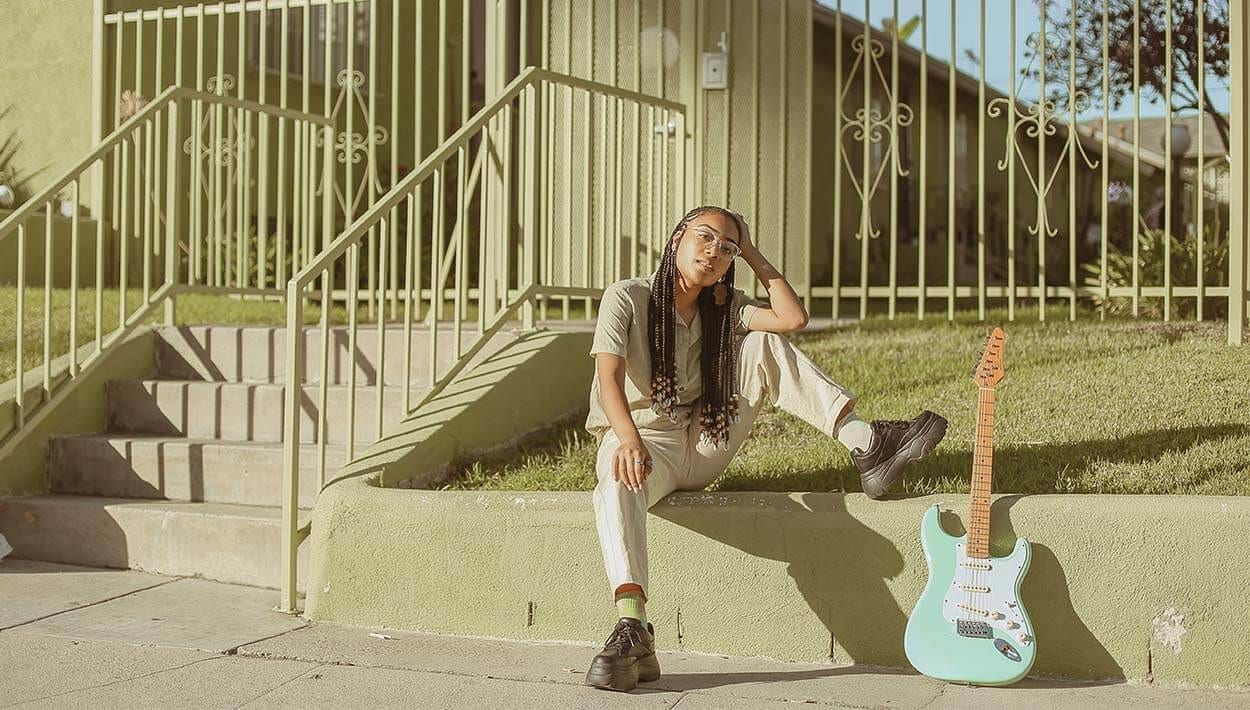
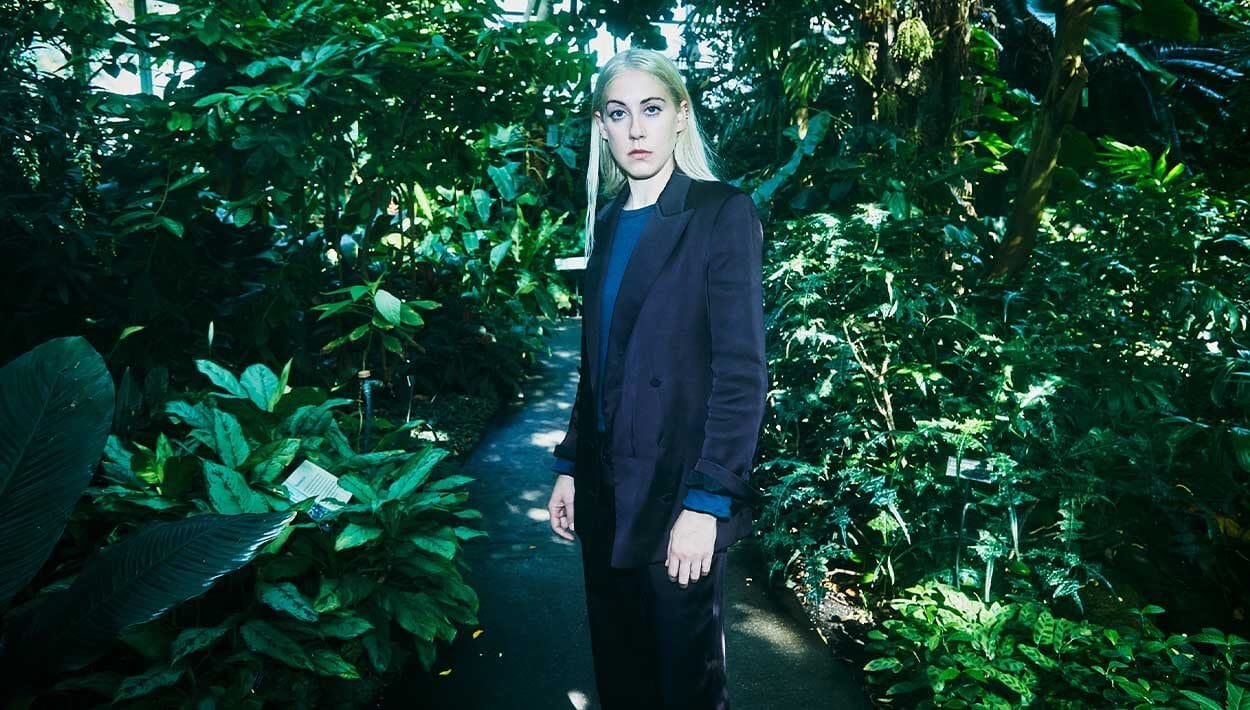


Comments
[…] bass, piano, and many other instruments, as well as being an award-winning storyteller. Last year, She Shreds chatted with Nurullah on what drew her to the sitar and the connection she’s grown with the […]
Pingback by Fagottobooks Blog on February 27, 2020 at 7:39 am[…] bass, piano, and many other instruments, as well as being an award-winning storyteller. Last year, She Shreds chatted with Nurullah on what drew her to the sitar and the connection she’s grown with the […]
Pingback by She Shreds Media on February 2, 2021 at 8:22 amI admire when you play sitar.
Comment by Paper Minecraft on March 30, 2023 at 11:30 pm